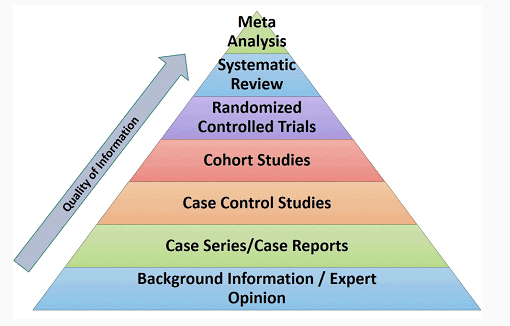Free Research Article Tutorial by Lisa Conboy
Tips on how to read a research article
 Thank you for your time! The ARDAIL Project is seeing worldwide reach! Please share this with your colleagues and networks. Together we can spread this important tutorial on how to read a research article. Remember this tutorial is free and now extended until December 19th!
Thank you for your time! The ARDAIL Project is seeing worldwide reach! Please share this with your colleagues and networks. Together we can spread this important tutorial on how to read a research article. Remember this tutorial is free and now extended until December 19th!
Prepared and presented by:
Lisa Conboy, MA, MS, ScD
Instructor in Medicine, Part-time Beth Israel Deaconess Medical Center, Harvard Medical School
Adjunct faculty at The New England School of Acupuncture at MCPHS University
lisaconboy@gmail.com
The Tips on how to read a research article class will be focusing on biomedical science articles, the type of research that biomedicine considers to be most powerful. There are many scientific questions that can be asked and many ways of answering.
Biomedical science, like any discipline, has a set of rules and terminology that is applied to support the most relevant type of information content for them.
These rules lead to a certain format and control what type of information makes it into the article, and what types of information are left out.
Because it is considered the highest form of evidence, this is the type of research we should know how to read so that we can be in conversations with legislators and allied health care providers. We hope the skills presented in this class help you to become more confident when you communicate about research and evidence.
– Lisa Conboy, MA, MS, ScD
ARDAIL is funded by the David and Lura Lovell Foundation. If you have any questions or would like to be added to our email list please contact the project lead, Jennifer Stone: jemeador@iu.edu
Begin Research Tutorial
Sincerely,
ARDAIL Team:
Jennifer Stone MSOM, LAc
Lisa Conboy ScD
Susan Veleber DACM, LAc
Beth Howlett DAOM, LAc
Copyright © 2121 Ardail Team, All rights reserved.
Please note: This article expresses the opinions and research of the author, and does not necessarily reflect all views or policies of NMSAAM members, the NMSAAM BOD, or the ASA.
